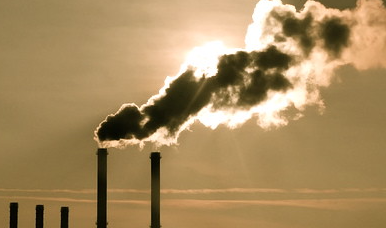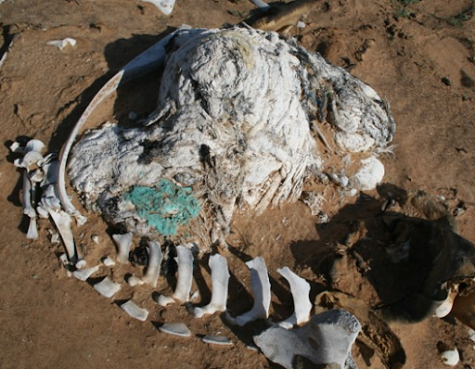Climate Change Crisis

Peaceful protesters hold signs outside the capitol building in washington dc, advocating for limiting the use of fossil fuels (Flickr/Victoria Plecking)
On November 8th, 2021, the COP26 climate summit was held in Glasgow Scotland. 100 world leaders were present at the summit such as U.K prime minister Borris Jonson and U.S President, Joe Biden. Countries gathered together to discuss global emission cuts along with individualized national pledges to limit greenhouse gas usage down by a certain percentage.
Many of the biggest emitters such as China, Turkey and India have yet to formally commit to a 2030 emissions reduction target. Two other massive emitters, Brazil and Mexico, have put forward a weaker reduction plan than in years prior.
The fourth-largest CO2 emitter, Russia, is slated to create more greenhouse gasses in 2030 than in 2021. More than a decade ago, many wealthy countries had declared billions of dollars to help aid in the climate change crisis, however much of that money hasn’t been spent. The COP26 summit has unearthed the disappointing truth that most nations aren’t doing anything to help limit the use of fossil fuels in their respective countries.

Plastic littered beach along the coast of The United States (Flickr/bsafolkestone)
The lack of urgency to stop climate change is deeply disturbing, especially to current youths. In Glasgow, teens swarmed the location of the summit along with famed climate activist, Greta Thunberg. With the help of the Scottish arm of the Future Fridays organization; a global warming activism group, Thunberg organized a peaceful protest outside the summit. The future generations may not live to see 30 at the current rate of global destruction. Politicians cannot persistently put these issues on the back burner of their political agenda.
A study done by the United Nations found that global texturing is expected to rise by 2.5 degrees Celsius, which is 4.5 degrees Fahrenheit, by 2025. Another major factor in the downfall of our planet is the massive amount of plastics and pollution in our oceans, rivers and other areas. 80% of the world’s waterways have some form of pollution in the waters. Pollutants can include human waste, chemicals, plastic and more. Over 1 million marine animals die from pollution each year, with that number increasing exponentially. A variety of species is going extinct, leading to further imbalance in marine ecosystems.

The tug of war between activists and negotiators over an agreeable climate and pollution protection plan has only led to further division between the opposing parties. It is hard to believe that something as important as the climate can still be argued over by politicians who only seem to have their best interests in mind. When it comes down to it, there is no Earth 2.0. We only have one planet that we need to take care of. The amount of money we spend will not matter when we have no place to call home.
Your donation will help support The Lambert Post, Lambert High Schools student-run newspaper! Your contribution will allow us to purchase equipment and cover website hosting costs.









